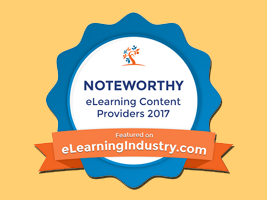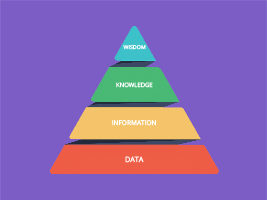
TOP 6 QUESTIONS TO ASK WHILE DESIGNING MOBILE LEARNING
Designing for mobile devices is like designing for any other medium, in that many of the underlying principles remain the same. But there are some important differences. Let’s look at these.

Designing for mobile devices is like designing for any other medium, in that many of the underlying principles remain the same. But there are some important differences. Let’s look at these.

We, at Learnnovators, are proud and delighted to be recognized among the ‘Top 10 Noteworthy eLearning Content Development Companies for 2017’ by eLearning Industry.

There are myriad ways to leverage mobile technologies for learning and performance development. Here are a few of them.

Science taught me to think about the world in a logical, systematic manner. It’s a way of thinking that is founded on statistics, and I maintain it should inform the activities we undertake in other sectors of society such as L&D.

The playing of video games has normalised… as time marches on, not gaming is becoming abnormal. So what does this trend mean for e-learning professionals?

Mobile learning might be a great new tool in your organization’s toolkit, but how is it perceived by users? What kinds of content do they access, and how do they learn?

We, at Learnnovators, are delighted to announce the launch of ‘Surya Namaskar’, a free mobile app for Android phones. Surya Namaskar or Sun Salutation, is a yoga cum exercise routine…

Something struck me during this year’s Virtual Reality Working Out Loud Week. Billed as an event for “anyone who is working with or experimenting with virtual reality…

In this free eBook, we give you a complete rundown of what it takes to make a success of e-Learning implementation at the workplace.

I’ve previously written about the potential fail points of creating 70:20:10 solutions and, in that context, a design thinking process can be crucial in establishing what not to build…

In designing learning experiences, we engage in an all-out effort to convince learners of the value of the topic, and therefore our program.

We, at Learnnovators, are delighted to announce the launch of ‘Chair Surya Namaskar’, a free mobile app for Android phones. The app is designed to help busy professionals keep themselves fit while at work.